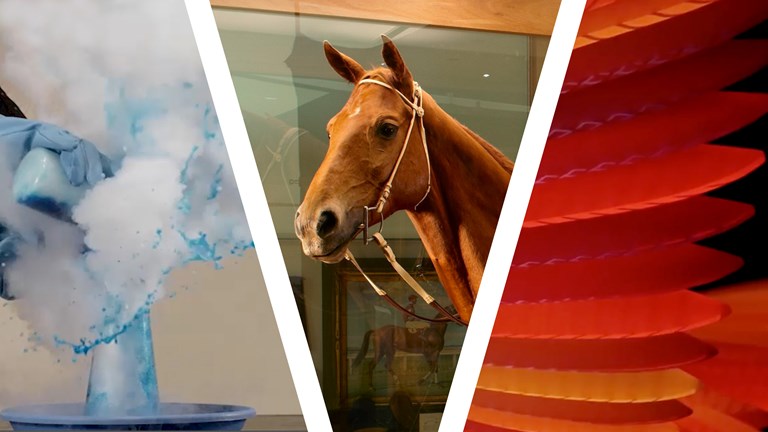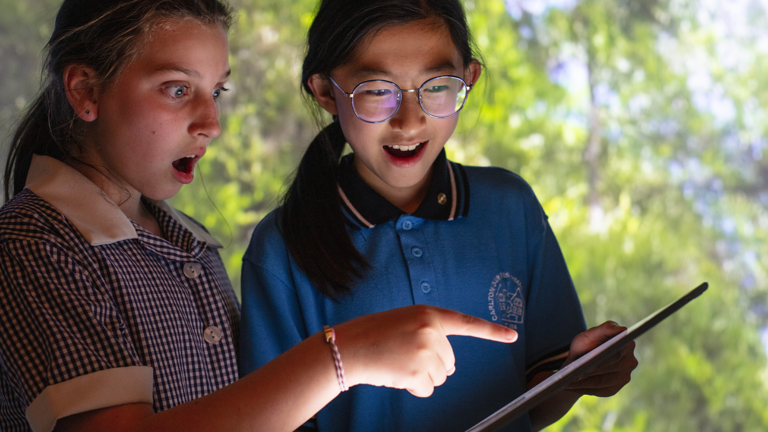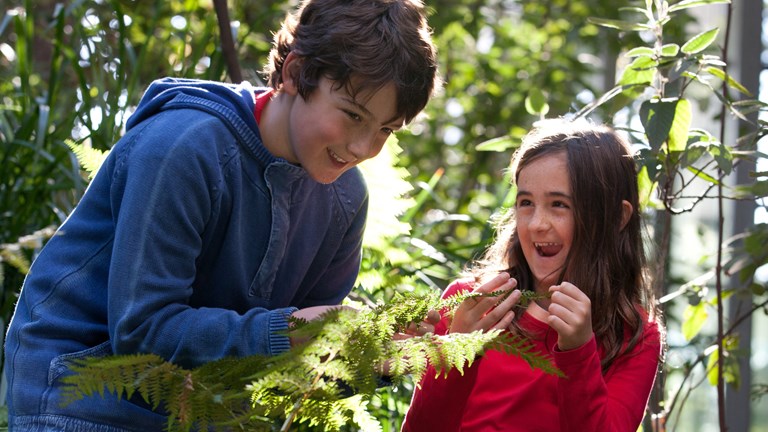
Climate Change and Victoria's Future ONLINE
- What
- Online
- When
-
Terms 1 to 4, Monday to Friday
9:30am & 1:30pm - Duration
- 90 mins
Curriculum links & Accessibility & Access Fund - Year level
- Years 3 to 6
- Minmum student numbers
- Minimum 20 students
- Maximum student numbers
- Maximum 90 students
- Cost
-
Virtual Program
$90 per 30 students + education service fee - Booking information
- Bookings 13 11 02
Learn why the Earth’s climate is changing, and what we can do to help.
In this online, curriculum-aligned learning program for primary school students, Year 3, 4, 5 and 6 students will meet virtually with a Museum educator to learn about how Earth changes over time, the difference between weather and climate, and the human impacts causing the climate to change.
Students then undertake investigations into action areas in small groups, becoming experts in their area of action, and then [present their findings back to the class.
Students will experience
- 40 min whole class online learning component facilitated by the museum educator, featuring animations, Q&A interaction and Victorian examples
- 25 min small group classroom activity facilitated by the class teacher using provided resources
- 25 min whole class online discussion and sharing facilitated by the museum educator
Students will learn
- What climate is and how it differs from weather
- How the earth changes over different magnitudes and timeframes
- The processes causing our climate to change
- Victorian climates zones
- The impacts of climate change in Victoria
- About the technologies and skills that already exist to reduce climate impact at individual, school and community level
- How resources can be used and managed sustainably
- The actions we can take to make a difference
Students will be provided
- Printed resource pages, provided by the museum at time of booking via email
- Teachers will receive a companion guide
Students will need
- Pens or pencils
Other key information
This 90-minute program is delivered via Microsoft Teams by museum educators. This can be accessed via a browser, without downloading an app. Full instructions will be provided at the time of booking.
Any questions?
Victorian Curriculum links
Year 3 and 4
Earth and space sciences
weather events and climate have impacts on the land, air, water and living things; human activity can affect climate
VC2S4U08
Geographical Knowledge and Understanding
the relationships between people and their place and its environment
VC2HG4K01
the functions of vegetation in the environment and the characteristics, spatial distribution and location of the main types of vegetation in Australia and the world, such as forest, woodland, savannah, grassland and desert, including the uses of vegetation by Aboriginal and Torres Strait Islander Peoples
VC2HG4K04
climate and the characteristics and location of the main climatic types in Australia and the world, such as the temperate, Mediterranean and arid climates
VC2HG4K06
sustainability and its application to the use of natural resources and the management of waste
VC2HG4K09
Year 5 and 6
Earth and space sciences
sudden geological changes or extreme weather conditions can affect Earth’s surface and atmosphere; the impacts of natural hazards, including earthquakes, volcanic eruptions, wildfires and floods, can be reduced by human actions and technological innovations
VC2S6U06
Geographical Knowledge and Understanding
how places and environments are changed and managed by people
VC2HG6K01
the importance of sustainability to places and environments, including the custodial responsibility Aboriginal and Torres Strait Islander Peoples have for Country and Place and how it influences their sustainability practices
VC2HG6K04
the impacts of bushfires and other climate hazards on environments and communities, and how people and communities manage prevention, preparedness, response and recovery
VC2HG6K05



